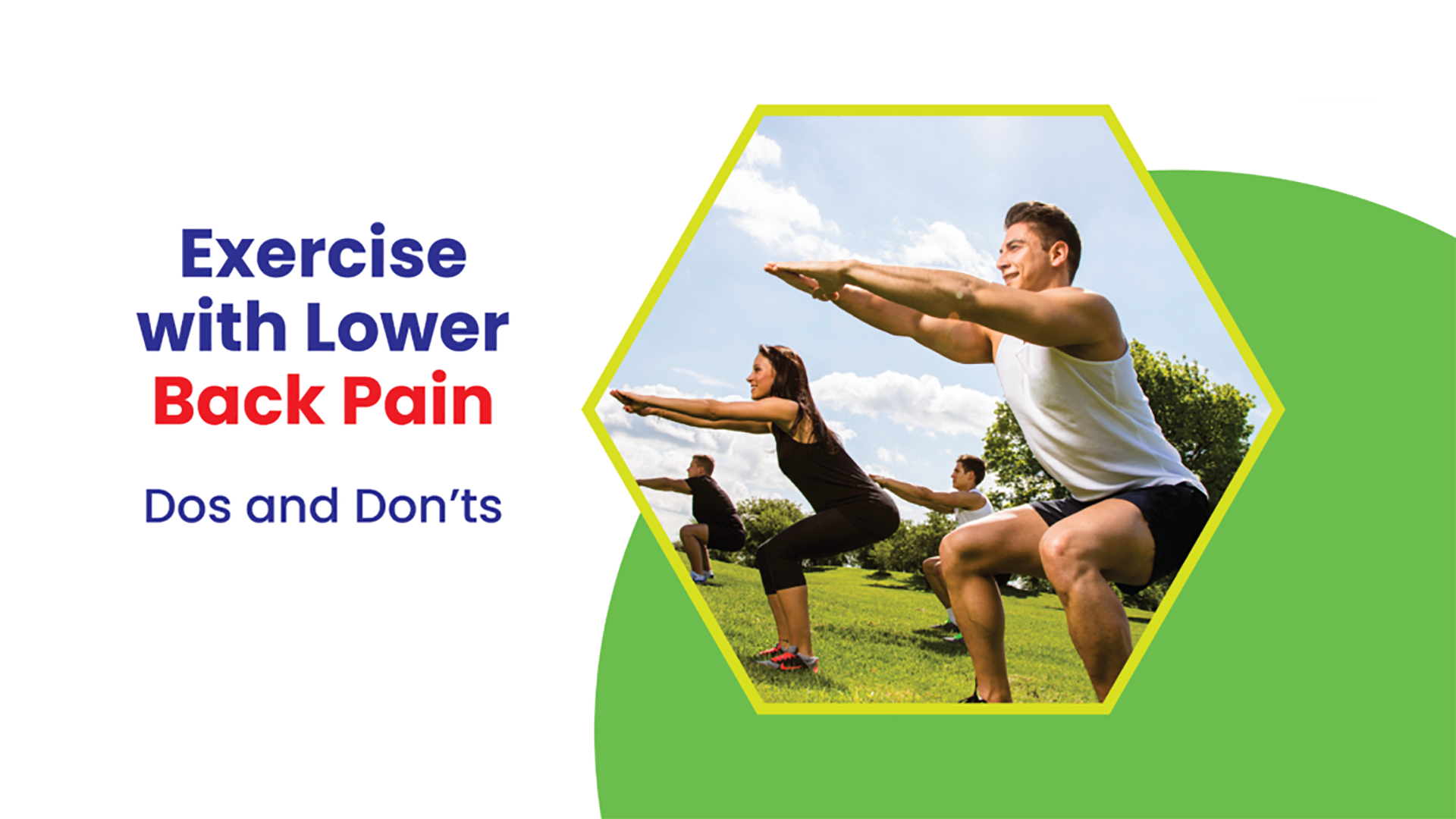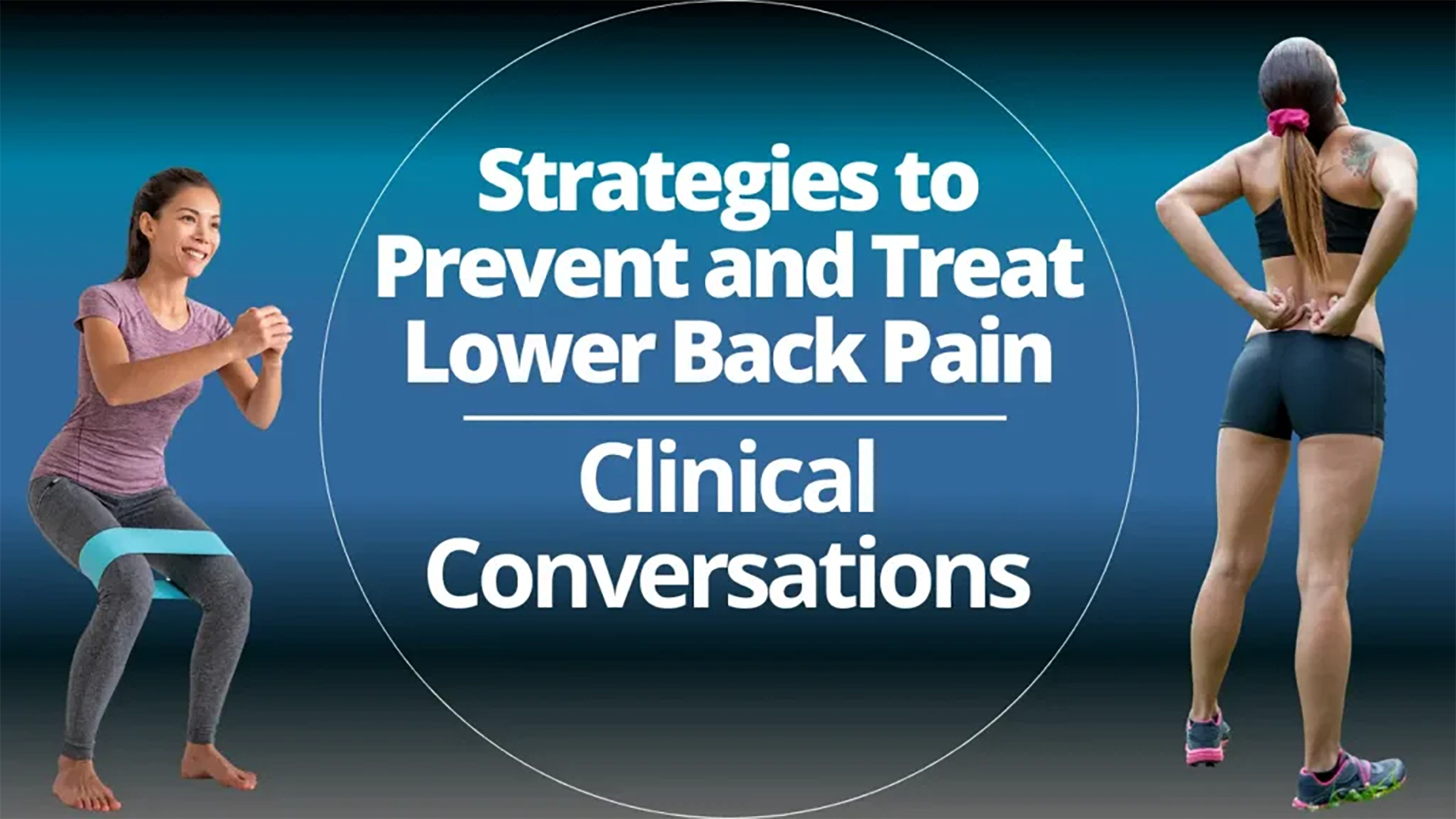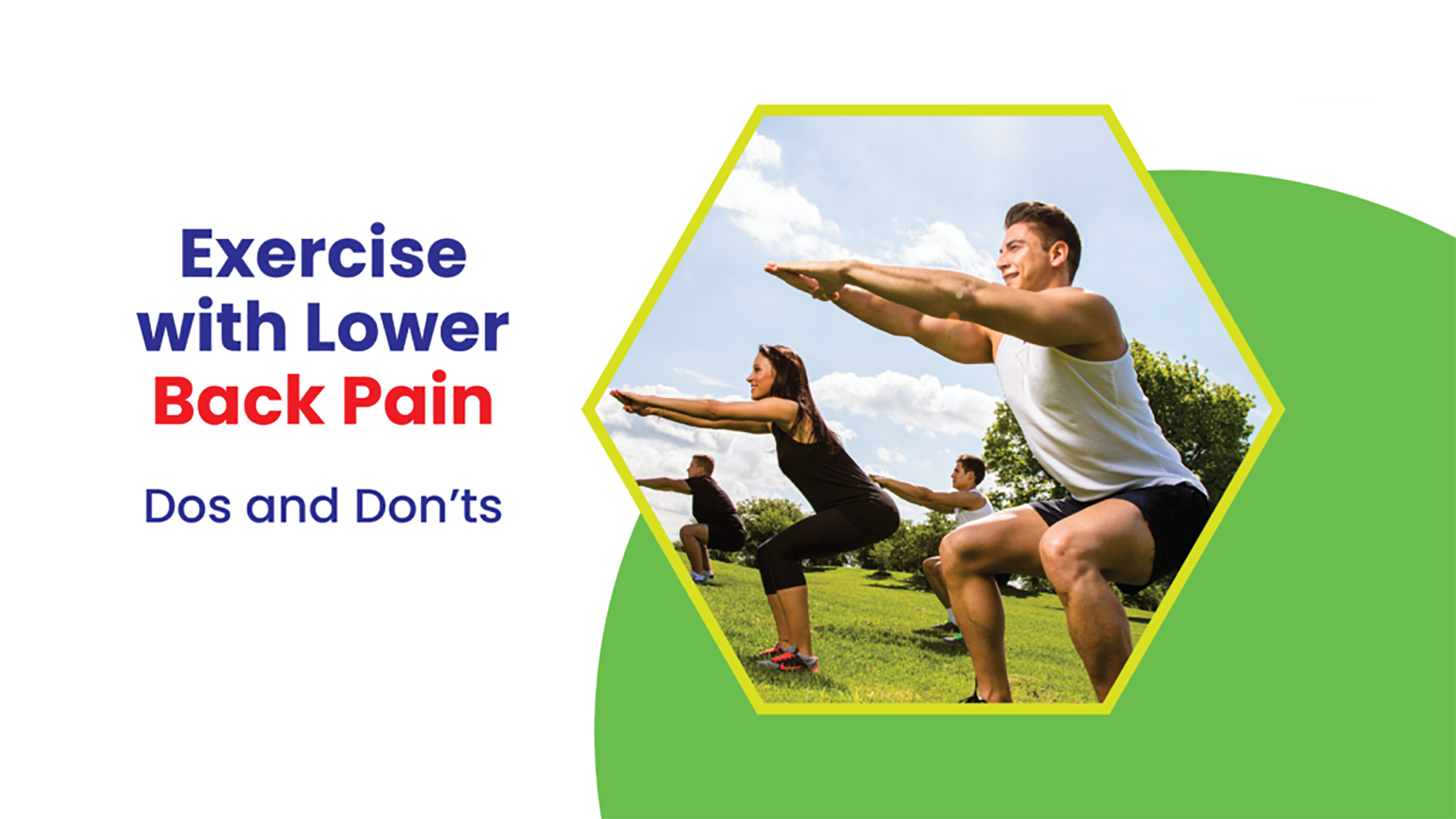Introduction
Exercise is great for your health, improving everything from cardiovascular fitness to mood and strength. However, for many, back pain often follows a good workout. This discomfort can range from mild soreness to significant pain that affects daily activities. Understanding why back pain occurs after exercise and how to prevent and treat it is key to staying active and pain-free. In this article, we'll explore the common causes of post-exercise back pain, how to manage it, and prevention tips to keep you moving without discomfort.

Causes of Back Pain After Exercise
Back pain after exercise can be caused by several factors, including:
-
Muscle Strain: Overexertion or sudden movements can strain your back muscles, especially during lifting, twisting, or bending exercises.
-
Poor Form: Incorrect technique, like improper lifting or bad posture during cardio, can put stress on your back.
-
Overtraining: Pushing your body too hard, too soon, without enough rest, can lead to muscle fatigue and back pain.
-
Skipping Warm-ups/Cool-downs: Not properly warming up before or cooling down after exercise can make muscles more prone to injury.
-
Existing Conditions: If you have issues like spinal misalignments or muscle imbalances, exercise can make them worse.
-
Dehydration: Not drinking enough water can lead to cramps and soreness, increasing the risk of back pain.
How to Manage Post-Exercise Back Pain
If you’re dealing with back pain after a workout, these strategies can help you recover:
-
Rest and Modify Activity: Give your back a break, but don’t stay completely still. Gentle walking or stretching can promote recovery.
-
Heat and Cold Therapy: Apply ice to reduce inflammation in the first 24-48 hours, then use heat to relax muscles and ease stiffness.
-
Gentle Stretching: Stretching helps relieve muscle tension. Focus on your lower back, hips, and hamstrings, but avoid forceful stretches.
-
Self-Massage: Using a Ball Massager can help target sore spots and relieve muscle tightness. A general massager can also help relax broader muscle areas.
-
Topical Pain Relief: Over-the-counter creams or Pain Patches with menthol or capsaicin can soothe sore muscles.
-
Pain Relievers: If needed, over-the-counter medications like ibuprofen or acetaminophen can reduce pain. Always consult with a healthcare professional if you have underlying health conditions.
-
Hydration and Nutrition: Drink plenty of water and eat a balanced diet to support muscle recovery and prevent cramps.
-
Spinal Alignment Tools: Tools like an Orthopedic Back Stretcher can help improve spinal flexibility and reduce pain over time.
If pain persists or worsens, consult a healthcare professional for further advice.

Preventing Back Pain After Exercise
Preventing back pain is often easier than treating it. Here are some tips to protect your back during and after workouts:
1. Warm-up Properly: Spend 10-15 minutes warming up with dynamic stretches and light cardio to prepare your muscles.
2. Maintain Proper Form: Focus on correct technique during exercises. If unsure, ask a trainer for guidance.
3. Gradual Progression: Increase exercise intensity and duration gradually to avoid overloading your back.
4. Engage Your Core: Activate your core muscles during exercises, especially those that strain your back.
5. Cool-down and Stretch: End your workout with gentle cardio and static stretches, holding each for 20-30 seconds.
6. Stay Hydrated: Drink water throughout your workout to maintain hydration and prevent muscle cramps.
7. Listen to Your Body: Don’t push through sharp pain. If your back hurts, take a break and rest.
8. Incorporate Flexibility and Core Work: Include flexibility exercises and core strengthening in your routine to support your back.
9. Use Supportive Gear: If you have a history of back pain or do high-impact activities, consider wearing a supportive belt during workouts.
10. Pre- and Post-Workout Massage: Use a Ball Massager before your workout to warm up your muscles and afterward to aid in recovery.
Conclusion
Back pain doesn’t have to stop you from reaching your fitness goals. By understanding the causes of post-exercise back pain and applying effective treatment and prevention strategies, you can stay active without discomfort. Focus on proper form, gradual progression, and listening to your body. With the help of tools like the Ball Massager and supportive gear, you can maintain a pain-free, active lifestyle. Stay proactive, and continue enjoying the benefits of exercise!
References
-
Title: Preventing Exercise-Related Pain Authors: American Academy of Orthopaedic Surgeons (AAOS) URL: https://www.orthoinfo.org/en/staying-healthy/preventing-exercise-related-pain/
-
Title: Dealing with Workout Pain Authors: American College of Sports Medicine (ACSM) URL: https://www.acsm.org/blog-landing-page/acsm-certified-blog/fitness-connect/dealing-with-workout-pain-is-it-doms-or-an-injury
-
Title: How to Avoid Back Pain When Exercising Authors: University of Pittsburgh Medical Center (UPMC) URL: https://www.upmc.com/services/rehab-institute/conditions/back-neck-pain/how-to-avoid-back-pain-when-exercising
-
Title: Exercise-Induced Muscle Damage and Delayed Onset Muscle Soreness Authors: National Strength and Conditioning Association (NSCA) URL: https://www.nsca.com/education/articles/nsca-coach/exercise-induced-muscle-damage-and-delayed-onset-muscle-soreness



